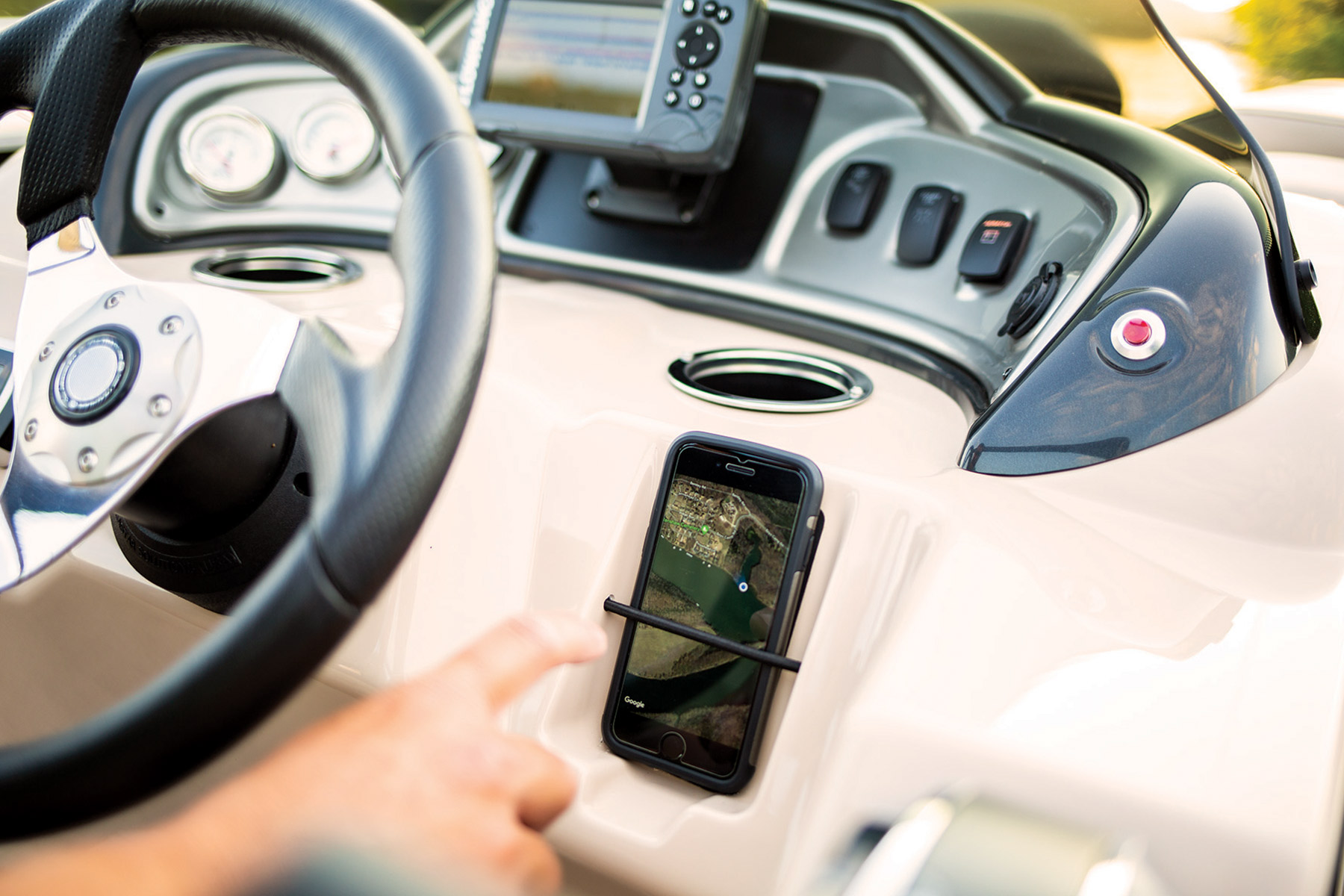Do you ever look at the white boat capacity plate near the console of your boat? Probably not. You might think it’s there to justify a legal requirement by the manufacturer. While that is partly true, there are more reasons for the boat capacity plate. Next time you’re in the boat, take a closer look. That boat capacity plate has information you can and should use for your boating adventures.
What does that mean for you? Everyone likes to invite friends, family and all their gear on board for a fun day on the water. The boat capacity plate sets forth limits for the weight of people, fuel and gear that can be safely carried on the boat. Boats loaded beyond their boat capacity can swamp and be difficult to control. You certainly don’t want that to ruin your day of fun.
Let’s take a closer look at boat capacity plates, and how you can use them.
Boats less than 20 feet must have a federally-mandated capacity plate. However, all boats less than 26 feet must have a plate to be certified by the National Marine Manufacturers Association (NMMA)—the marine industry’s trade association that maintains boat and trailer certification programs. Because those are followed by the members, most boats, regardless of size, will have a boat capacity plate. The operator’s position or the transom is where you will find the plate. Sailboats, canoes, kayaks and inflatable boats are exempt.
The maximum persons and the maximum persons by weight in pounds. The maximum capacity for persons and gear by weight will also be listed. The plate will also display the recommended maximum horsepower rating for outboard-powered boats. Below that information is the boat manufacturer name, city and state of origin. For inboards and sterndrives, the same information will be displayed, less the maximum horsepower limit. For manually propelled boats, the plate will display the maximum persons capacity in pounds, and the maximum weight for persons and gear. The plate should never be removed or altered.
The terms relate to the safe load of a boat, which is determined by a number of things, including hull volume and dimension as well as the weight of the outboard and how it is mounted.
No, it cannot! The number of seats in a boat is not an indication of how many people it can safely carry. Manufacturers must calculate what is safe—and legal—based on the weight of the people, gear and fuel. The limits defined on the plate also apply for good to moderate weather conditions. Keep the weights well below the limits in choppy water. Also, evenly distribute gear throughout the boat to prevent it from swamping or capsizing.
It’s not a federal violation to exceed the listed capacities, but many states have statutes prohibiting you from exceeding the capacities listed on the plate. That also goes for the outboard. Exceeding the recommended maximum horsepower limit might be illegal in some states. In addition, exceeding the limits on the plate might void your boating insurance policy.
Capacity plates are not required for boats over 20 feet, but it’s still a good idea to follow weight limits for the boat. Use the following rule of thumb to calculate the number of persons the average vessel can carry if your boat does not have a capacity plate.
Number of people = vessel length (ft.) x vessel width (ft.) / 15
Unlike commercial vehicles, you will never have to pass through a roadway weigh-in station to validate the legality of your weights. Recreational boats are not designed to carry large payloads. But as you can see, it’s a good idea to calculate a rough weight for those things. At the beginning of the boating season you can calculate the basic overall weight for the heaviest items you plan to carry. You can begin the equation by adding the weight of a full tank of fuel, and go from there.


